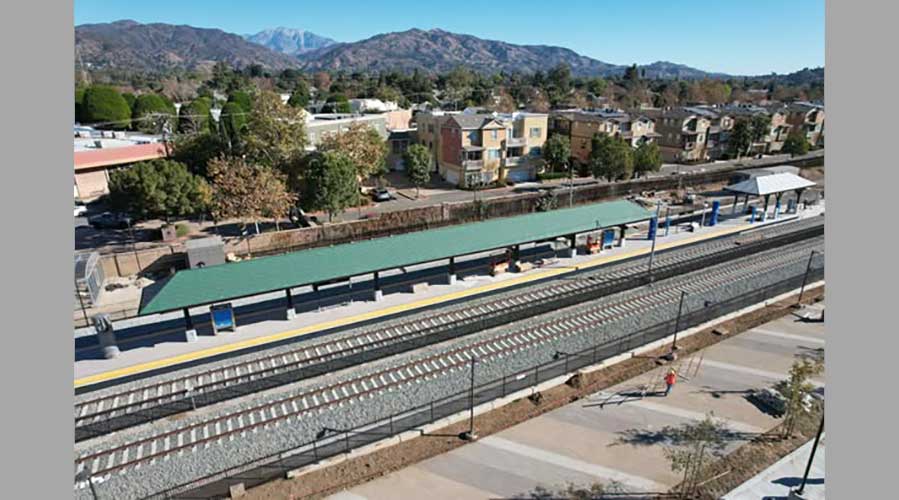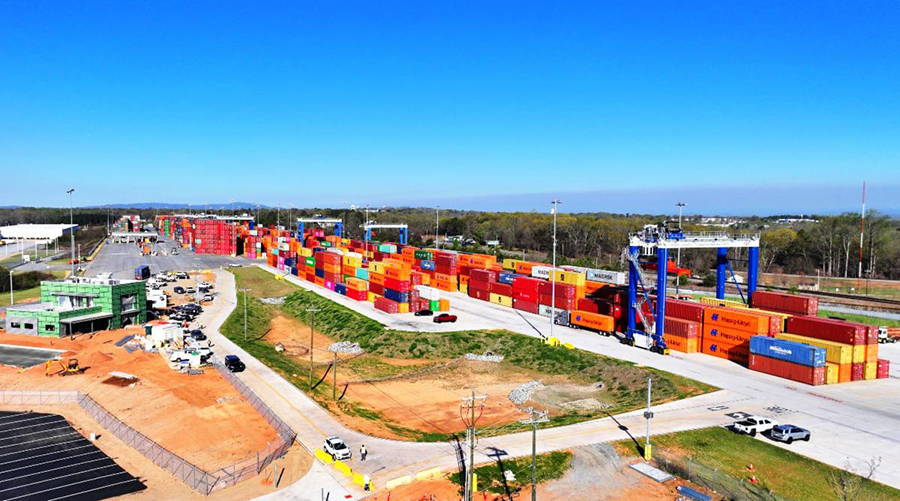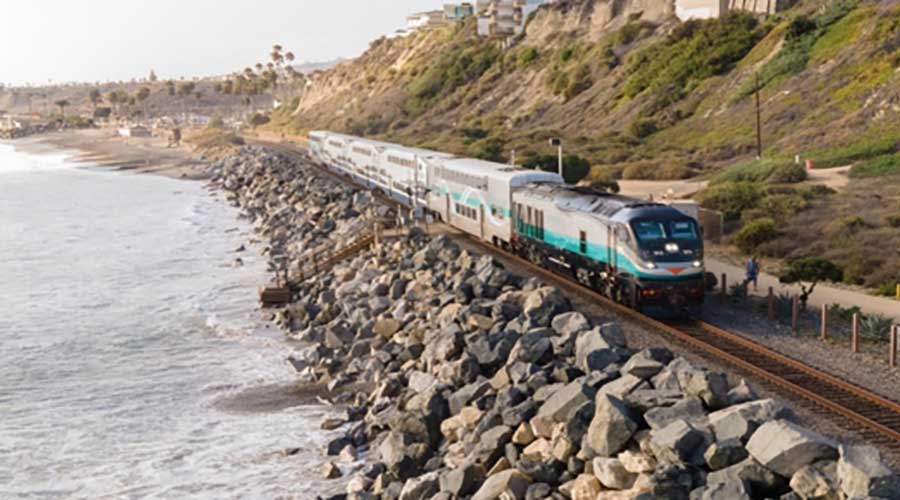Newsletter Sign Up
Stay updated on news, articles and information for the rail industry
Stay updated on news, articles and information for the rail industry
Rail News Home
Rail Industry Trends
Rail News: Rail Industry Trends
4/9/2001
Rail News: Rail Industry Trends
Intermodal, rail associations seek one-year extension for equipment safety retrofits
advertisement
Intermodal Association of North America (IANA), Association of American Railroads (AAR), Institute of International Container Lessors (IILC) and Ocean Carrier Equipment Management Association (OCEMA) April 3 announced a joint petition to Federal Motor Carrier Safety Administration requesting a one-year deadline extension to regulations requiring railroads and ocean carriers to retrofit certain intermodal trailers and semi-trailers (including chassis) with reflective materials to increase visibility and safety.
Federal Highway Administration (FHWA) in 1999 issued regulations requiring that all trailers and chassis manufactured before Dec. 1, 1993, be retrofitted with reflective material by June 1, 2001.
Approximately 430,000 intermodal trailers and chassis are governed by FHWA’s regulations — 80 percent of which are owned by IANA, AAR, IILC and OCEMA members.
Association officials believe only 237,000 trailers and chassis — or 55 percent — will be retrofitted by June 1, rendering nearly half their equipment unavailable for use. A resulting equipment shortage could cause congestion or gridlock at U.S. ports, rail terminals and inland facilities at the beginning of the peak shipping season, association officials said in a prepared statement.
"The number of trailers and chassis covered by this [extension] request is a relatively small portion of the total number of trailers and chassis in active use in the United States, which primarily are used for short hauls in port areas" said IANA President Joni Casey. "In our view, highway and port congestion and gridlock would raise a greater safety hazard."
Association officials also believe the two-year window to bring equipment to regulation standards is too short, claiming that industry commentators in 1999 predicted a five-year period to complete mandated retrofits.
"Since 1999, an unprecedented growth in trade has kept this equipment in almost constant use, making it very difficult to capture for retrofit," said IILC President Hank White. "Under the circumstances, completing the task in three years will be a major and noteworthy achievement."
Federal Highway Administration (FHWA) in 1999 issued regulations requiring that all trailers and chassis manufactured before Dec. 1, 1993, be retrofitted with reflective material by June 1, 2001.
Approximately 430,000 intermodal trailers and chassis are governed by FHWA’s regulations — 80 percent of which are owned by IANA, AAR, IILC and OCEMA members.
Association officials believe only 237,000 trailers and chassis — or 55 percent — will be retrofitted by June 1, rendering nearly half their equipment unavailable for use. A resulting equipment shortage could cause congestion or gridlock at U.S. ports, rail terminals and inland facilities at the beginning of the peak shipping season, association officials said in a prepared statement.
"The number of trailers and chassis covered by this [extension] request is a relatively small portion of the total number of trailers and chassis in active use in the United States, which primarily are used for short hauls in port areas" said IANA President Joni Casey. "In our view, highway and port congestion and gridlock would raise a greater safety hazard."
Association officials also believe the two-year window to bring equipment to regulation standards is too short, claiming that industry commentators in 1999 predicted a five-year period to complete mandated retrofits.
"Since 1999, an unprecedented growth in trade has kept this equipment in almost constant use, making it very difficult to capture for retrofit," said IILC President Hank White. "Under the circumstances, completing the task in three years will be a major and noteworthy achievement."


 LRW Honors Amtrak’s Acheson As Railway Woman Of The Year
LRW Honors Amtrak’s Acheson As Railway Woman Of The Year
 From Editor-In-Chief Foran: Of Gender Equity And Inclusion
From Editor-In-Chief Foran: Of Gender Equity And Inclusion
 Spotlight On Some Of Today’s Rail Safety Products
Spotlight On Some Of Today’s Rail Safety Products
 Women of Influence in Rail eBook
Women of Influence in Rail eBook
 railPrime
railPrime







